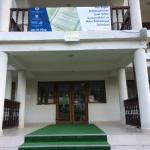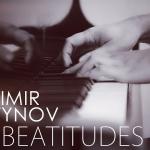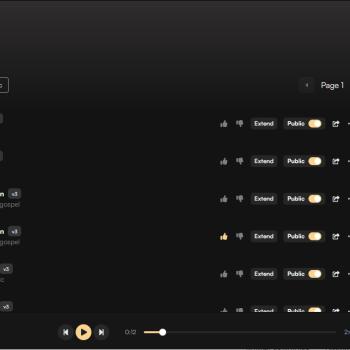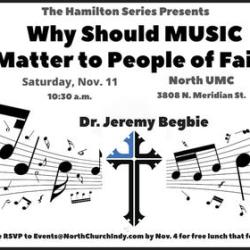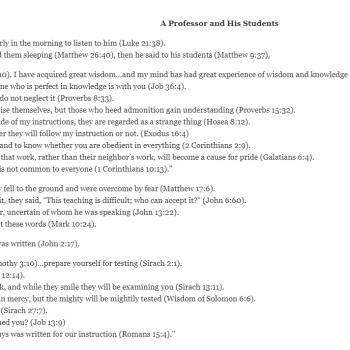I was really struck by the article in Bible History Daily about how the story of Daphnis and Chloe echoes the story of Adam and Eve in Genesis. Here’s an excerpt:
Written around 200 A.D. by the Greco-Roman author Longus, Daphnis and Chloe is a pagan pastoral romance that echoes the Biblical story of Adam and Eve in the Garden of Eden. Daphnis and Chloe are simple country-dwelling teenagers in love. They are the adopted children of pastoralists indentured to a far off Master. In a meadow where the couple often meet, there is an apple tree, completely bare except for one large and sweet apple hanging from the topmost twig. Daphnis climbs the tree and picks it for Chloe, to her dismay. Daphnis justifies himself, saying that if he did not pluck it, the apple would fall to the earth and be trampled by a beast or poisoned by a snake.
In spite of some variations, all the principal elements of the Genesis story of Adam and Eve are included in Longus’s Daphnis and Chloe. There are male and female counterparts, the tree and the fruit in the Edenic setting and even an ominous mention of a snake. It is likely that Longus knew some version of the Genesis story, whether by first or second hand. As Theodore Feder writes, Daphnis and Chloe is an example of how “stories of the Jews and early Christians were becoming part of the general cultural inventory of the time.”
Maurice Ravel’s work Daphnis and Chloe is one of my all-time favorite pieces of music. If you aren’t familiar with it, have a listen here – this particular excerpt, called “Daybreak,” starts very slow and soft, but believe me it is worth the wait:
The piece also provides a great example of how context of artistic works – all sorts of contexts – can be important. In this case, there were parts of the piece that I never fully appreciated until I finally saw the ballet for which the music was composed. There is a segment of the full ballet music that depicts a dance competition, with some mockery and laughter from the audience towards one of the contestants finding musical expression.
Do check out the remainder of the article from Bible History Daily, which includes excerpts from the text (HT Jim Davila). And for other explorations of creation in music, see the blog post about a CD that includes Fiat Lux by Theodore Dubois, and the recent feature on Anthony Tidd’s piece Sa and Alatangana. See too Jennifer Rycenga’s book review about a recent volume on musical treatments of the relationship between David and Jonathan, and the AJR article about the Song of Miriam in the Dead Sea Scrolls: Hanna Tervanotko, “Continue to Sing, Miriam! The Song of Miriam in 4Q365.”
Of related interest, there is an article in the Times Literary Supplement about spirituality in the music of John Coltrane, and another interesting article about how science and religion are both important factors in Coltrane’s music. Steve Black made reference to “Dust in the Wind.” Bob MacDonald blogged about reading the Bible and its music. An article talked about how to make a manuscript sing. There are also religious elements that appear in the Commonweal article “After a Century of Beethoven.”


